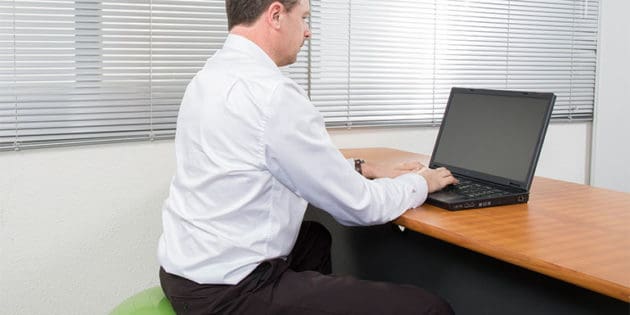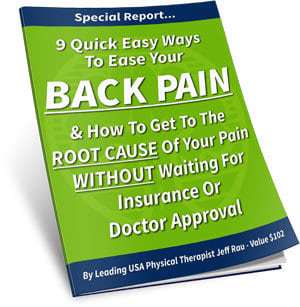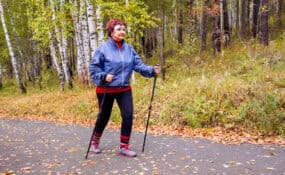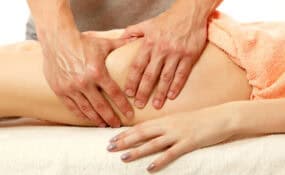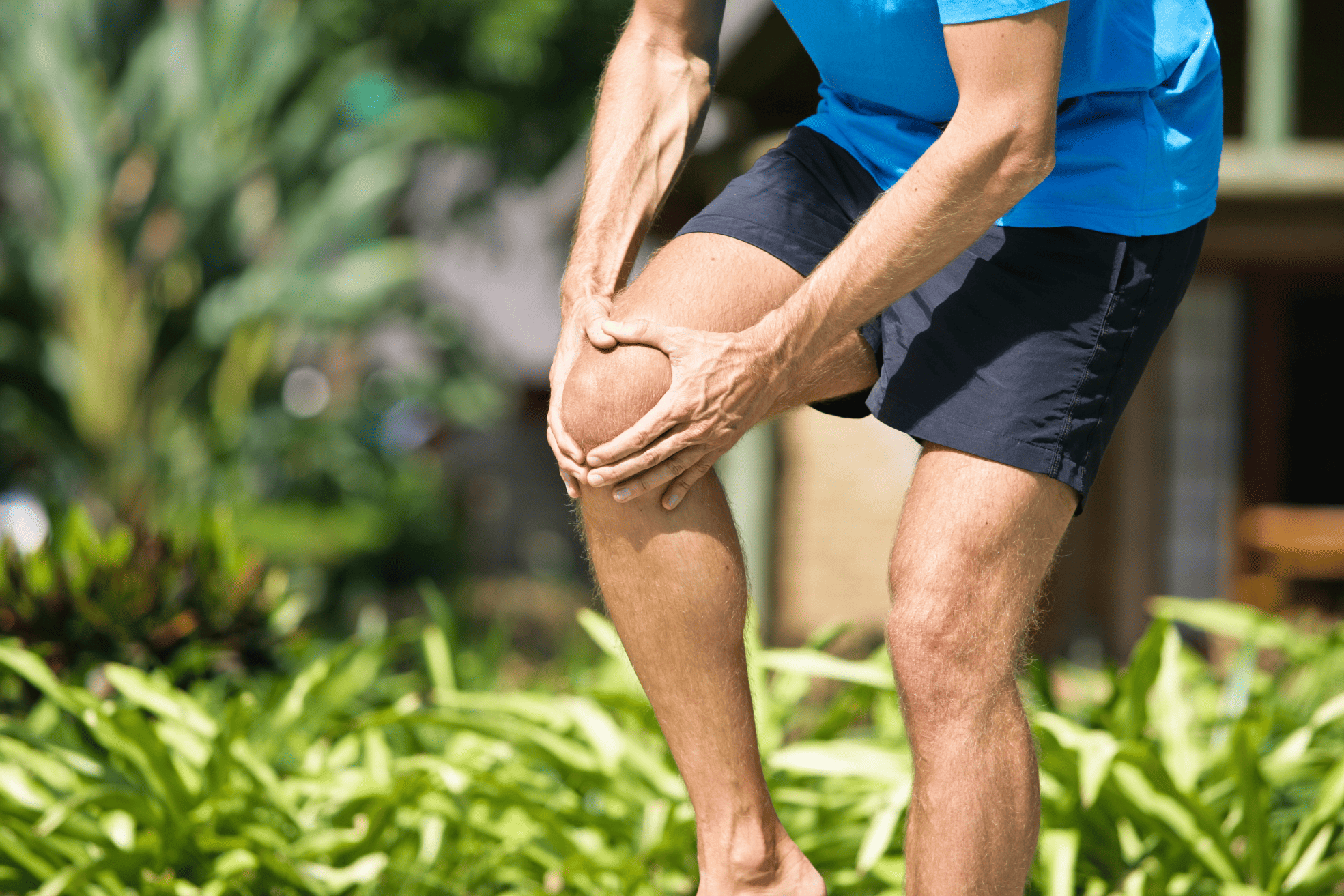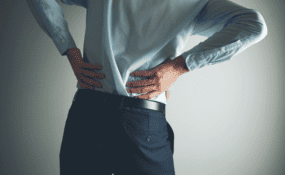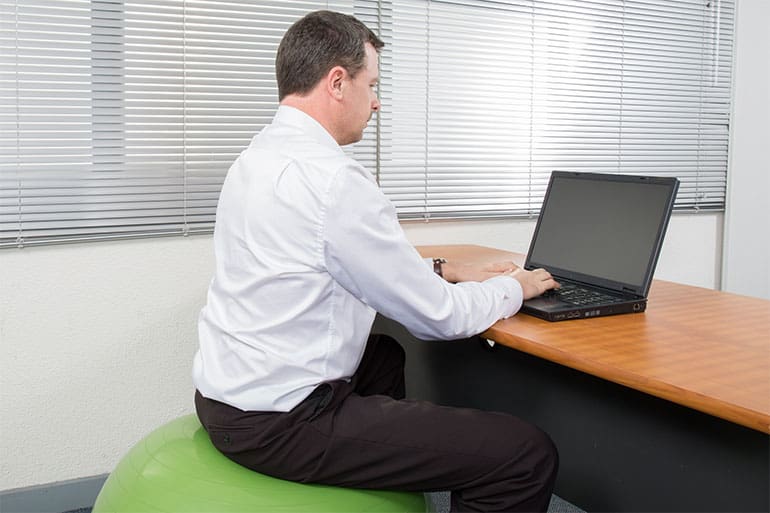
Excluding the young athletes we treat in our DFW-area physical therapy practice, the vast majority of our patients have a job that puts them in a chair at a desk job most of each day.
You probably don’t need a doctor to tell you that it’s bad to sit around all day, but some interesting research about inactivity has recently emerged that I feel our patients should know about.
If you are dealing with work-related pain and would like to know how we can help, call or text us at (817) 918–3667 to talk with one of our expert physical therapists.
Many of you are very health conscious, and you attempt to combat the effects of this inactivity by the hitting the gym or doing something active at least a few days a week. And obviously that’s great!
But in this case, I have bad news …
Working Out Isn’t Enough To Compensate for a Desk Job
The New York Times recently published a summary of the research on this topic, and I’m afraid to say that our assumptions have not been correct.
Excessive sitting has harmful effects, even if you exercise for an hour or more every day. In fact, this research shows that sitting in a supportive chair for multiple hours each day can literally shave years off your life!
I like the analogy they give in the article: you can’t reverse the effects of a pack-a-day smoking habit by jogging.
Of course you will be better off with regular exercise, but it will not stop 8-hours of sitting each day from taking its toll, and potentially shaving years off your life.
Before we dive into the details of this research, I wanted to share with you a video created by my friend and colleague, a great physical therapist in the Austin area on how people with desk jobs can avoid these detrimental affects AND the other pains and tightnesses that commonly result from prolonged sitting and less-than-perfect posture.
How to Reverse the Effects of All That Sitting
Okay, back to the research…
Why It’s So Bad To Sit For Prolonged Periods
The scientists explain the scenario in this way: (paraphrased from the NYT article) When you sit in a supportive chair, electrical activity in the muscles drops, which leads to a cascade of harmful metabolic effects.
Your calorie-burning rate immediately drops to about one per minute. Insulin effectiveness drops within a single day, and the risk of developing Type 2 diabetes rises. So does the risk of being obese. The enzymes responsible for breaking down lipids and triglycerides (fats) plunge, which in turn causes the levels of good (HDL) cholesterol to fall.
So What Can I Do?
“But Jeff, I can’t quit my job and walk around all day! What am I supposed to do with this information?”
Luckily, there are things you can do to increase your ongoing muscular activity while at work and minimize the harmful effects described in this research. It comes down to making more small movements each day than you would when simply sitting in a supportive office chair.
One easy technique would be to set a quiet alarm/pop-up on your phone or computer to remind you to stand up and briefly stretch every 20-30 minutes. There are free apps for the I-phone and Android phones that will help.
A more effective approach is to sit on a an exercise ball rather than a chair.
This demands a constant low level activation of your core and leg muscles; even on the balls with stable bases and low back support like this one.
If you are 5’7’’ or taller, you will likely need to get a 65 cm ball to use rather than the 52 cm ball it comes with.
And finally, my best recommendation is to consider getting a height-adjustable standing desk that allows you to both stand and sit at different parts of the day. A favorite in this category:
VARIDESK—and they have a variety of options to fit different needs.
Their product sits on top of your current desk so you can sit when you want and adjust it higher to stand at different points in the day.
If I had a desk job, I would probably aim to stand 75% of the day and sit on a balance ball chair the other 25%.
This may seem like a strange recommendation, but I urge you to read the research on this topic and maybe you’ll considering trying it. If nothing else, it will encourage weight loss and increased core strength, so why not?
Related Report: If you’re having low back pain, click herek for a free download of this popular report:
- 5 Holiday Eating Habits That Could Be Making Your Back Pain Worse - December 1, 2024
- Beyond Pain Relief: How Physical Therapy Improves Daily Function and Quality of Life - November 1, 2024
- Managing Chronic Pain Without Pills: Physical Therapy Solutions for Aging Adults - October 1, 2024

